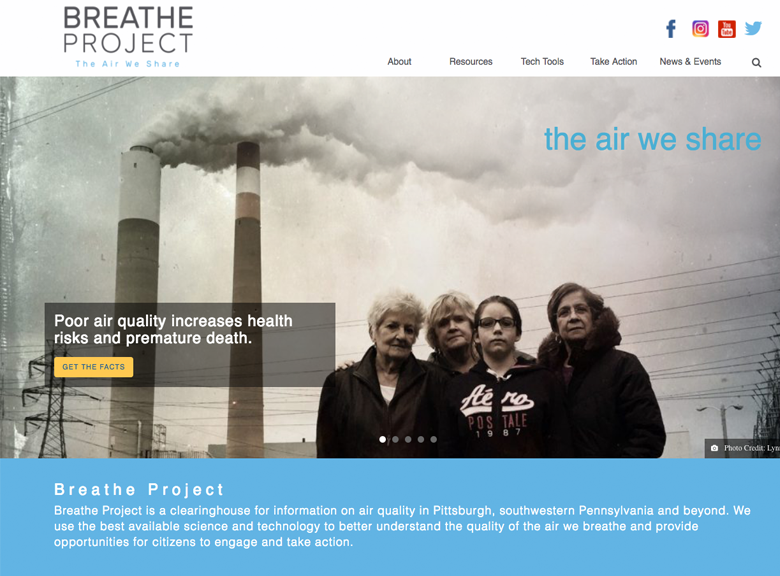Web Development for Smarties, Part II
A final word on client-side languages
Old-fashioned web development only used HTML, CSS, and Javascript. Pages built in this fashion are called static pages. To create a static page, developers write the information they want to share in a simple text document. They structure the information with HTML, style it with CSS, and make it interactive with JavaScript.
These three languages are called client-side languages because they are translated by the browser and displayed on your screen when you access a website.
To learn more about client-side languages, check out our original post on web development.

What about server-side languages?
Today, static pages aren’t enough. There’s a lot of information out there that needs to be updated and maintained. The time and effort required to input massive amounts of information to static pages and keep them current is too great for any team of developers.
To make this task manageable, developers create dynamic pages. A dynamic page is one that gets automatically created from a template page and populated from the database. The database connection requires an extra step by the server. Both the database and website are stored on the server, so they need to communicate first before fulfilling a request to a client.
Just as the client uses languages to display information, the server uses languages too. The primary server-side language we use at Fireman Creative is PHP. PHP grabs data from a database, manipulates it and outputs it as text.
Server and client-side languages are written together in a single file. When the client requests a file, the server processes it and replaces the server-side language with the information it needs. Then, it sends the file to the client, where it is processed for viewing.
Where does WordPress come in?
WordPress is a content management system (CMS) written in PHP that is stored on the server. It builds and populates the database with a user-friendly web interface. More importantly, it is a pre-built framework for organizing a large and dynamic website which comes with a massive library of functions that retrieve and manipulate data.
WordPress and other CMS’s take the burden of content population away from developers so that they can focus on functionality and usability.

 Fort Ligonier Days: 60th Anniversary
Fort Ligonier Days: 60th Anniversary  JCC PGH: Center for Loving Kindness
JCC PGH: Center for Loving Kindness  Wagner Agency
Wagner Agency  OBID: You Are Here
OBID: You Are Here  Breathe Project
Breathe Project
Be the first to comment!